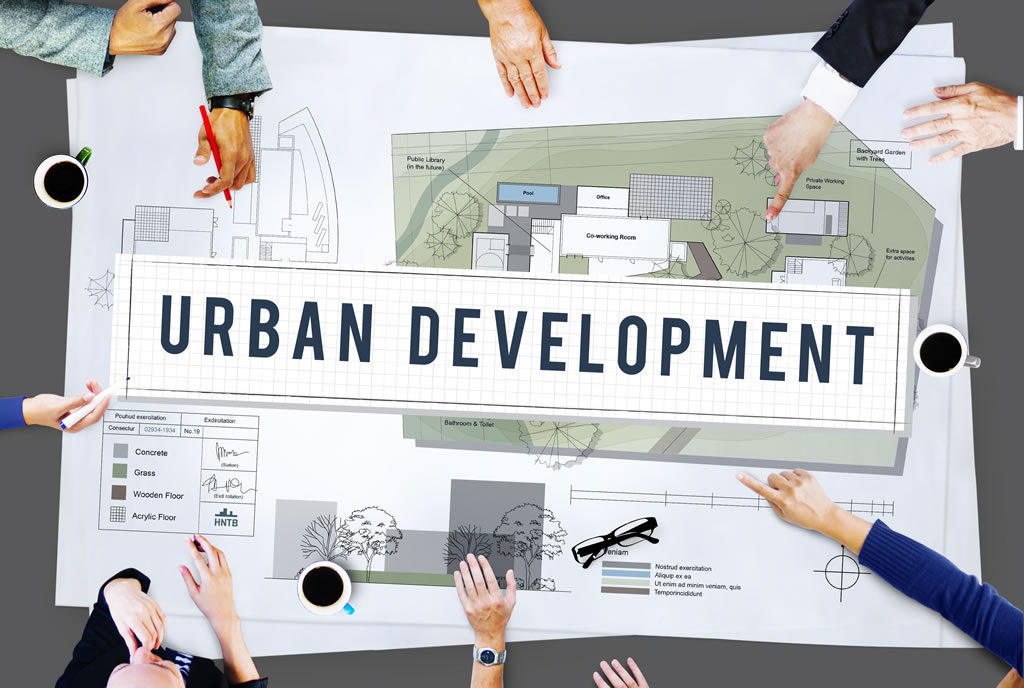Social surroundings in the urbanizing world face multitudinous difficulties. These include unbridled development, population increase, identity extremity, and climate change.
Making a long-term strategy begins with the master plan. It aids in realizing the full profitable, social, and environmental eventuality of a development strategy. Once the idea is in place, one can concentrate on creating a master plan and its design’s viability, phasing, style, aesthetics, and other factors. A master plan is supported by an elaborate framework.
What is a Master Plan?
Master plans are definitive, concrete statements. They describe a location’s particular factors, ideal unborn position, and construction requirements. Processing master plans requires a lot of time. But because they reflect a vision that takes into account numerous issues of communities, they’re far more successful. If you take a look at the capital smart city master plan for 2023, you will get to see all the required details including location, blocks, plots, and so on. Hence a great example of what a master plan should be like.
A master plan to guide your town’s future growth is wise and will benefit you in the long term in any of the following ways.
Aligns Short-Term and Long-Term Objectives
All goals and objectives fall under the master plan’s umbrella plan for a short-term or long-term purpose. You can plan and initiate a design for 3-5 years of consistent development in the initial phase. However, it’s best to create two different aspects of the master plan considering the city’s potential growth and keeping the ecology and carbon footprint factor in focus. This way you can plan to build a community on safer grounds.
Promotes Investment in the Private Sector
A master plan is well-revised community planning. It is the physical evidence of the goals of long-term planning that real estate investors are interested in. Its depicts the future growth in the private sector, runs an abundance opportunity of increasing jobs, and gives people the confidence to settle in the new developments. It also helps draws attention to the funds and potential investment opportunities as well.
Enables Reliable and Precise Decision-Making
A lot of thought, consideration, and revisions are involved in approving a specific master plan for a city’s unused location. Committees and boards use these plans as a point of reference to come up with the best decision possible that predicts sustainable growth in the infrastructure of the city.
How a Master Plan for a Housing Scheme Works
From creating project briefs to phasing techniques, a master plan is a product mix of different feasibility studies. The planning for a master plan takes time and lots of changes to better facilitate the stakeholders involved.
Studying Development
The notion of a master plan begins with a set of investigations in terms of location and potential development opportunities that can take place. Then comes the analysis stage, the scope and vision of the plan are exercised in detail to see if the master plan is fully functional or not. The development phase helps to determine the required components to make a master plan successful. Therefore builders have to study the location, and the background before drawing up a final sketch.
Financial Framework
Three factors are considered the most in any master plan namely social, physical, and economic factors. The context of the location and its neighboring areas are kept high in focus. Any noteworthy error or opportunity in development is highlighted and thus improvisations can be expected to develop the right framework.
Spatial and Physical Components
These are the two most important components of a master plan. A 2D model is turned into a 3D model to highlight the right areas’ size, occupancy, needs, costs, and other elements of development. Some of the most important elements to consider in a master plan are as follows.
- The strategy should focus on the image, community overview, and the city’s legacy. For instance, the local topography is distinctive in each city, therefore the master plan should also be mindful of considering the historical aspects of the location.
- It’s best to outline the location from different angles and divided it into two aspects – residential and commercial zones. This way you can easily map up the densities of either category, yield, and plot sizes.
- The biodiversity of any location is significant for a master plan. Include this factor in the account of how the development will affect the cycle.
- The water reservoirs make are the focal point of any master plan’s design. Consider the old and new waterways, whether the area is in proximity to a river or sea, and so on.
- The strategy should focus on the image, community overview, and the city’s legacy. For instance, the local topography is distinctive in each city, therefore the master plan should also be mindful of considering the historical aspects of the location.
- Also consider the streets, transit, public spaces, and other accessibility points into focus so that the development is not isolated but remains connected to the main city and so on.




